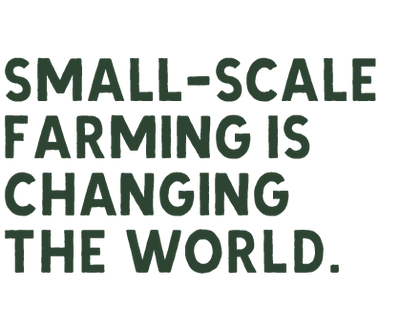Images by Daphne Caron
David Lafrance received a Bachelor of Fine Arts from Concordia University (2001) in Montreal where he is currently pursuing a Master’s degree in Visual Arts. His art explores a mythical representation of the world, where our perception of objects, space and time is called into question. Through his art, Lafrance seeks to understand the interactions that occur between humans and their environment. He creates antagonistic works where the romanticism of landscape is tinged by a sphere of evocative visual elements. He is represented by Galerie Hugues Charbonneau and works in his atelier on the outskirts of Montreal in Quebec, Canada.
***
How does nature inspire you? How does small-scale farming inspire your artworks?
D: Nature offers everything the painter needs - colors, textures, shapes. Nature also offers us stories and the demonstration of a complex life cycle that goes from birth to growth, culminating in death and decay. These realities inspire my process, which gives birth to shapes and subjects on the canvas.

What inspired you to create this piece for the cover?
D: The cover was inspired by my experience of setting up my new studio in St-Mathias- sur-Richelieu, a small town surrounded by farmland outside the city of Montreal. It became imperative for me to translate all the experiences and observations of the places around me, especially my garden, into art and the rich fertility of my surrounding landscape presented much to translate into paintings. These connections allow my paintings to tell a story that is rooted in reality and the result of many lived experiences. In my mind, gardens represent spaces of diversity and abundance, and these landscapes have many stories to tell, about their origin and their destiny.

What values are driving the process and what is the role of human intelligence and organized chaos ?
D: It’s a bit cliché to say, but one of the values that matters most to me is freedom. The freedom to create, the freedom to have ideas, to build my work as well as the ability to destroy it. It is much more difficult than one might think; it is a great responsibility to be free in art : to remain independent in relation to the comments of others and not to systematically repeat the solutions that work, for example, ease or laziness. Each painting session in the studio can reveal completely new aspects of the practice. You have to be open-minded and embrace risk; the willingness to dare must be felt in a piece of work. It creates a life specific to the image.
***

